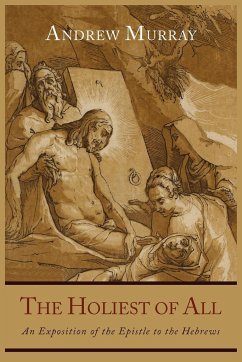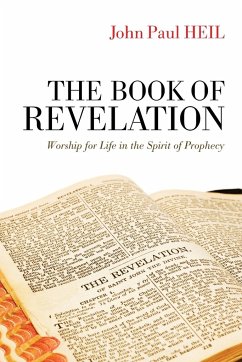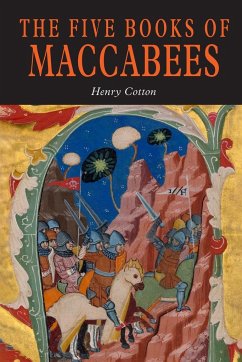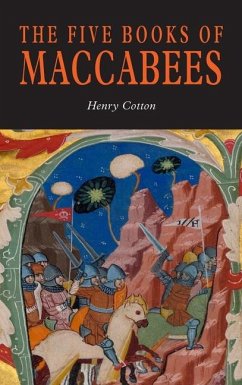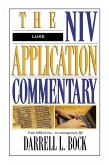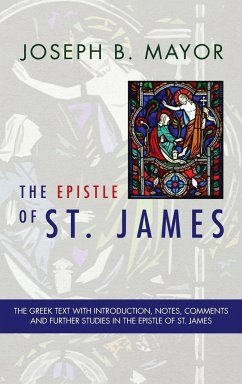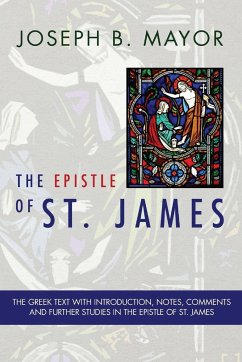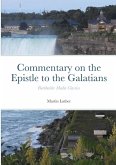Andrew Murrays wohl umfangreichstes Einzelwerk ist eine etwa 600-seitige Auslegung des Hebräerbriefs: "Der große Hohepriester. Eine Erklärung des Briefes an die Hebräer und der himmlischen Geheimnisse des eröffeneten Heiligtums und des Priesters auf dem Throne Gottes" (engl.: The Holiest of All,
1893/1897). Dieses Opus Magnum, vor über 130 Jahren in deutscher Sprache erschienen und längst nur noch…mehrAndrew Murrays wohl umfangreichstes Einzelwerk ist eine etwa 600-seitige Auslegung des Hebräerbriefs: "Der große Hohepriester. Eine Erklärung des Briefes an die Hebräer und der himmlischen Geheimnisse des eröffeneten Heiligtums und des Priesters auf dem Throne Gottes" (engl.: The Holiest of All, 1893/1897). Dieses Opus Magnum, vor über 130 Jahren in deutscher Sprache erschienen und längst nur noch antiquarisch erhältlich, entstand in der Passionszeit des Jahres 1891, als Murray in seiner Missionsgemeinde in Südafrika speziell über den Hebräerbrief predigte. Er selbst schreibt darüber: "Bei der Gelegenheit fühlte ich mich immer wieder veranlasst, über die Person und das Werk unseres Herrn Jesus, des großen Hohepriesters Seines Volkes und über den Zugang zu reden, welchen wir durch Sein Blut, durch Ihn selbst, zu Gott haben."
Eine 140-seitige Teilausgabe daraus, "Der Hohepriester Jesus Christus", erschien 1960 im Verlag Karl Fix. Die Teilausgabe umfasst überwiegend Abschnitte aus Hebräer 4,11 bis 10,18, eben jene Passagen des Hebräerbriefs, die sich überwiegend mit dem Hohepriestertum des auferstandenen Herrn Jesus Christus beschäftigen.
Über den Autor:
Dr. Andrew Murray (1828-1917), geboren in Südafrika, gehört zu den herausragenden Gottesmännern der Neuzeit. Mehr als 50 Jahre diente er als Pastor, Evangelist und Konferenzredner, förderte die Missionsarbeit und gründete mehrere christliche Bildungsinstitute. Unermüdlich arbeitete er für die innere Erneuerung der Kirchen und durfte zahlreiche Erweckungen und Bekehrungen erleben. Er verfasste rund 240 Bücher und Kleinschriften, die in viele Sprachen übersetzt wurden. Seine außergewöhnliche und tiefe Einsicht in biblische Prinzipien wurde vielen Menschen in aller Welt zum bleibenden Segen.

